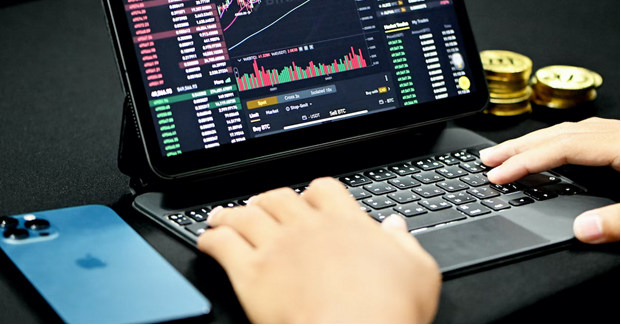How can blockchain technology be used to identify counterfeit products?

Blockchain technology can be used to identify fake products and consumers need to be aware
Blockchain technology can be used for identify counterfeit products and consumers must be aware of this problem and take appropriate precautions to prevent the purchase of counterfeit products. Counterfeit goods harm legitimate companies, who lose money and image, as well as customers who buy these products unintentionally.
Blockchain technology identifies fake products and can be used:
How important is transparency in the supply chain?
Transparency in the supply chain is essential to stop the spread of counterfeit goods. As a result, companies must take precautions to prevent their brand and name from being tarnished by counterfeit products. Counterfeit products are a growing problem affecting both consumers and genuine companies. These goods, which range from counterfeit gadgets and medicines to designer handbags and clothes, can be harmful and often of poor quality.
How does Blockchain technology help in the detection of counterfeit goods?
Blockchain technology can help detect counterfeit goods by providing a tamper-proof and open view of the entire supply chain, making it easier to track and validate the legitimacy of products and enable quick recognition of any fraudulent activity. Blockchain technology can be used to improve supply chain traceability and transparency, and help detect and eliminate counterfeit products.
What are the benefits of using Blockchain to authenticate products?
The benefits of using blockchain for product verification include improved transparency, security and traceability in the supply chain, which can help prevent the circulation of counterfeit products. Because blockchain records are open and immutable, data sent to the blockchain cannot be altered or removed. As a result, a blockchain is an excellent option for monitoring product validity and ensuring that it has not been tampered with.
What role do digital IDs play in the detection of counterfeit goods?
Digital identities can help detect counterfeit products by giving each product a distinct and verifiable identity, making it easier to monitor its movement through the supply chain and prove its authenticity, thereby stopping the circulation of counterfeit goods. Counterfeit goods are a widespread problem in today’s e-commerce age, and pose a significant risk to both customers and manufacturers. However, digital identities can play an important role in identifying and stopping the introduction of counterfeit goods into the market.
Are there any businesses using Blockchain for authenticating goods?
Blockchain is used for product verification by many businesses, including Walmart, Ever Ledger, Chronicled, and Provenance.
Here are some examples of how these businesses are using blockchain to authenticate products.
- Using blockchain technology, Walmart monitors its food supply line, including mangoes in the United States.
- Ever Ledger is a company that uses blockchain technology to give diamonds and other valuable items digital identities.
- Chronicled uses blockchain technology to provide product authenticity and transparency in the supply chain for pharmaceuticals, luxury goods and other high-value products.
- Provenance uses blockchain technology to provide transparency in the supply chain.
What are the advantages and disadvantages of blockchain-based item authentication?
Creating a blockchain-based system can be expensive, and there can be additional costs associated with training employees on how to use the system. Another challenge is the necessity of technical knowledge to build and operate a blockchain-based system. This may require specialized expertise that is difficult to find in a company or industry. Scalability is another drawback of blockchain-based product verification.
What are the possible uses and future directions for blockchain technology in product authentication?
One possible path is to develop more complex blockchain-based systems that can communicate with additional technologies such as the Internet of Things (IoT) and artificial intelligence (AI). This can enable more sophisticated monitoring and verification along the supply chain, reducing the risk of theft, counterfeiting and other product tampering. Another possible application of blockchain technology in product authentication is the development of decentralized markets.























